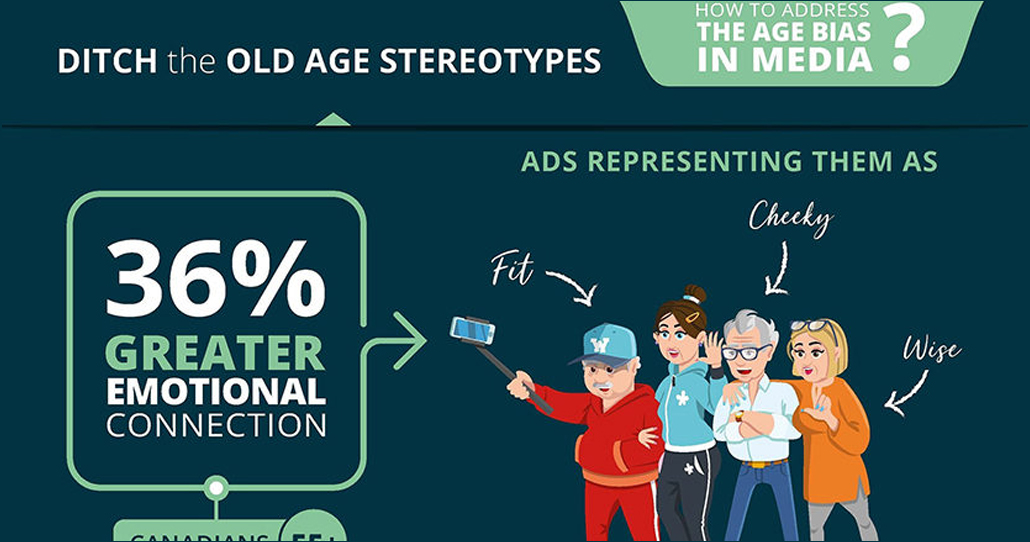When it comes to financing retirement in Canada, the analogy of a three-legged stool is often brought up. A client’s retirement income is said to come from three sources:
- Personal savings.
- Government benefits (i.e. Canada Pension Plan and Old Age Security).
- Employer pensions.
However, gone are the days of a well-balanced stool and more often than not, it’s lopsided. In more recent times, contributing to personal savings has become increasingly difficult, with rising costs of living and the rarity of receiving meaningful employer pensions. The alternative that many realize as the best solution for retirement income ends up being the most valuable thing they own: their home. This is where you, their trusted advisor, comes in. By leveraging a client’s home equity to invest in multiple use-of-funds strategies, your client can make the most of being house-rich and say goodbye to their days of being cash-poor.
A person’s home equity is the value built up in a home – in other words, how much money someone might get if they sold their house, less any outstanding mortgage. This tends to be the most expensive asset most homeowners have, and unlike other investments or assets they might have, which can fluctuate with the markets, home equity tends to grow over time as the property value increases and the mortgage is paid down.
We’ve listed seven key ways clients can access the money they’ve built up in their homes and their benefits. It’s important to consider that not all of these approaches may be suitable as a source of retirement income but more as a source for a retirement safety net fund.
- Reverse Mortgage: A reverse mortgage is a loan secured against the value of a home that allows clients to unlock the value in their home without having to sell, move, or pay back the loan right away. It provides access to a lump sum of money, without monthly repayments, that can be used for retirement income, emergency expenses, or to help family members. Repayment of a reverse mortgage is deferred until clients move, sell their home, or pass away.
- Home Equity Line of Credit (HELOC): As many may already know, this a revolving credit that lets clients borrow money from their home, pay it back, and borrow again up to a certain amount, where interest is only paid on what they use. Interest rates are competitive to other types of credit, and a HELOC offers flexible access to funds up to a certain limit, but home equity lines of credit require a stable source of retirement income to meet monthly loan repayment and interest.
- Second Mortgage: This is when clients take a second loan on their home on top of any mortgage they already have. This can offer a fixed interest rate that gives them a predictable repayment plan; however, rates are higher than their first mortgage. This option also requires a stable source of retirement income to meet the monthly loan repayment and interest.
- Downsize: Downsizing is when clients sell their homes to move into a smaller, cheaper house. This is an option for those open to moving out of their existing home and no longer want to deal with home maintenance. Downsizing can provide a lump sum of cash and reduce living expenses.
- Sale and Lease Back: This is when clients sell their home but then rent it back from the new owner, allowing them to get the money without moving out. This option allows clients to stay in their homes and near the community of family and friends but provides additional income to cover living or healthcare costs or other retirement needs. This option is contingent on an owner-renter agreement.
- Sale and Move to a Rental: As it sounds, clients can sell their home and use the money to move to a rental dwelling. This option can provide a lump sum of cash and benefit those inclined to moving out of their existing home and who want fewer home responsibilities (e.g., maintenance, property taxes, insurance).
- Refinance Your Home: Refinancing involves borrowing an additional amount on a client’s existing home mortgage to get cash from their home equity. Refinancing provides a lump sum of cash and can lower interest rates and monthly mortgage payments, freeing up cash for other uses. Funds are often used for retirement emergency expenses or major purchases, however, refinancing requires a stable source of retirement income to meet the monthly loan repayment and interest.
With so many options of what to do next, what if we said that the traditional three-legged stool of retirement income (personal savings, government benefits, and employer pensions) may no longer be the case for many nearing and in retirement?
With the help of a CHIP Reverse Mortgage, clients can leverage the equity in their homes and work with you, their advisor, to improve their retirement income. Advisors can help their client’s financial situation to help give them a worry-free retirement.
Help your clients leverage what may be their greatest financial asset and use it as a tool to generate additional cashflow. Don’t let them rely solely on their current CPP and OAS, but enable them to plan their retirement to help go on their dream vacation, help a child with a downpayment, or future-proof their home with helpful home renovations.
Interested in learning more about your retirement options? Speak to a Business Development Manager (BDM) to get more information or generate a quote for your client. Find your closest BDM here: https://www.chipadvisor.ca/bdm/
Interested in looking more into the differences between CHIP, HELOC, and Downsizing? Watch our May 2024 webinar, which dives into the use cases and provides product details of each.








